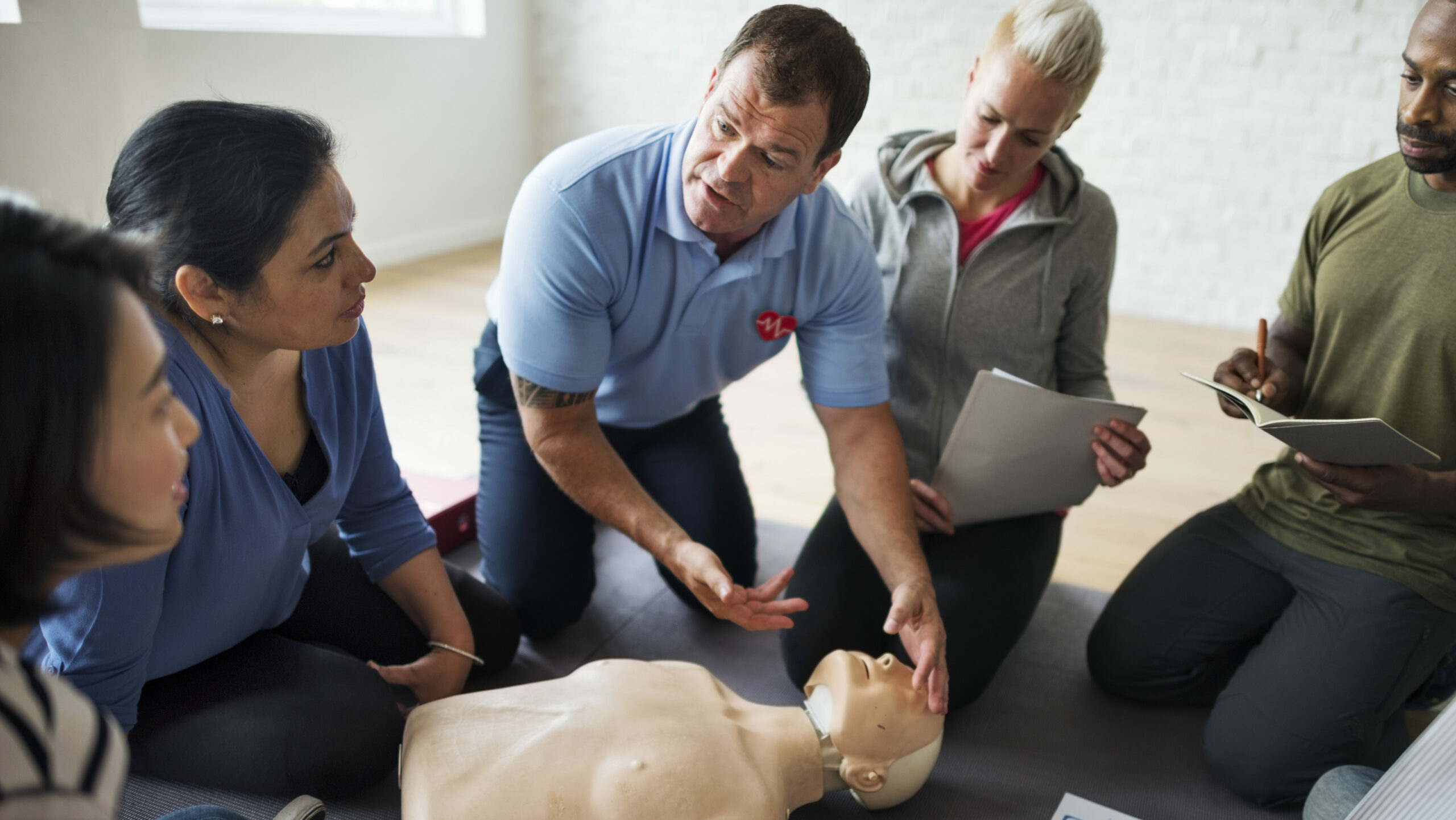Introduction
In today's busy work environment, safety and security is vital. Organizations are progressively identifying the importance of creating a safe area for employees. One of the most essential components of work environment safety training is very first aid and mouth-to-mouth resuscitation (Cardiopulmonary Resuscitation) courses. These programs not just empower workers with essential life-saving skills but additionally foster a culture of safety and security within the organization. In this article, we will certainly explore the myriad reasons why Child Care First Aid Courses Near Me workplace safety training ought to include first aid and CPR programs, highlighting their value in enhancing work environment safety.
Why Workplace Safety Training Must Consist Of First Aid and Mouth-to-mouth Resuscitation Courses
The assimilation of emergency treatment and mouth-to-mouth resuscitation courses into workplace safety and security training has far-reaching advantages. They gear up workers with the knowledge and abilities essential to react successfully to medical emergency situations, lower recuperation time for injured individuals, and possibly save lives. In addition, having actually educated workers on-site can instill confidence amongst staff members and guarantee them that their wellness is prioritized.
Understanding First Aid
First aid refers to the prompt care offered to an individual struggling with a minor or serious health problem or injury until professional clinical help shows up. Recognizing fundamental first aid principles can make a substantial difference in emergency situation situations.

Key Elements of First Aid
Assessment: The ability to evaluate a situation swiftly can help identify the proper activities needed. Stabilization: Recognizing just how to maintain an injured individual protects against additional harm. Communication: Efficiently communicating with emergency services is crucial for timely assistance.The Relevance of CPR
CPR is a life-saving technique utilized in emergencies when a person's heartbeat or breathing has actually stopped. It entails breast compressions and rescue breaths to preserve blood circulation and oxygenation until specialist help arrives.
How mouth-to-mouth resuscitation Works
- Chest Compressions: These help flow blood throughout the body. Rescue Breaths: These offer oxygen to the lungs.
Benefits of Emergency treatment and Mouth-to-mouth Resuscitation Certification
Obtaining an emergency treatment certification or completing CPR programs features many benefits, both for individuals and organizations.
Enhanced Staff member Confidence: Employees feel much more protected recognizing they have life-saving skills. Reduced Healing Time: Quick feedback via first aid can cause far better results for injured individuals. Compliance with Regulations: Lots of sectors need certified employees as component of their health and safety regulations.Creating a Culture of Security Via Training
Implementing emergency treatment and CPR training cultivates a culture that prioritizes worker wellness.
Encouraging Teamwork
Training sessions frequently include team-building exercises that boost collaboration among employees.

Building Trust fund Between Employees and Management
When administration purchases worker training, it reveals dedication to their health, causing enhanced morale.
First Help Courses vs. Mouth-to-mouth Resuscitation Courses: What's the Difference?
While both types of programs are vital, they focus on various skill sets.
First Help Courses
These training courses cover a wide variety of subjects past simply cardiac emergencies, including:
- Wound care Burns Choking
CPR Courses
CPR courses specifically focus hltaid011 first aid training courses on strategies connected to heart attack circumstances, emphasizing:
- Adult CPR Child/ baby resuscitation Use of an Automated External Defibrillator (AED)
Choosing the Right Training Provider
Not all training companies are created equivalent; consequently, choosing one that fulfills your company's requirements is critical.
Accreditation Matters
Ensure that your chosen supplier uses recognized courses identified by pertinent authorities.
Instructor Experience
Consider instructors' credentials; experienced instructors typically provide richer discovering experiences with real-world examples.
Incorporating Emergency treatment into Office Safety Policies
Organizations ought to incorporate first aid demands right into their broader safety plans for thorough coverage.
Regular Training Updates
Conducting regular correspondence course makes sure that knowledge stays current among employees.
Creating Emergency Reaction Plans
Having clear plans in place can lead qualified personnel throughout emergencies.
Legal Effects of First Aid Training in the Workplace
Employers have lawful responsibilities pertaining to workplace security; applying emergency treatment training can aid minimize dangers connected with non-compliance.
Negligence Claims
Failure to give appropriate training might leave companies at risk to lawsuits if an event occurs as a result of absence of preparedness.

FAQ Section
What is included in a common first aid course?- A regular emergency treatment course consists of instruction on assessing injuries, treating wounds, taking care of burns, dealing with choking incidents, and performing mouth-to-mouth resuscitation if necessary.
- Most mouth-to-mouth resuscitation training courses last in between 4-- 6 hours relying on whether it's basic or innovative training.
- While not always legally mandated, having certified staff members can significantly boost office security standards.
- Many certified organizations provide on-line renewal alternatives for emergency treatment certifications that include assessments using video conferencing.
- Yes, industries such as building and construction, health care, education, and production usually have regulative demands necessitating trained personnel on site.
- It's recommended that staff members participate in refresher courses every two years or quicker if there are substantial modifications in treatments or regulations.
Conclusion
To sum up, integrating first aid and CPR right into workplace safety and security training is not just an alternative however a requirement in today's work environments where emergencies can emerge anytime. Organizations benefit tremendously from having educated workers all set to respond efficiently during situations while promoting an atmosphere where staff member well-being takes precedence over all else. Consequently, it comes to be noticeable why workplace security training need to include emergency treatment and mouth-to-mouth resuscitation programs-- they conserve lives while promoting a proactive technique towards health and wellness criteria within organizations throughout numerous sectors.
By focusing on such necessary training initiatives-- first aid certificates obtained via respectable carriers along with functional hands-on experience-- firms can considerably enhance their overall emergency situation preparedness degrees while also building more powerful groups efficient in taking on any kind of situation head-on!